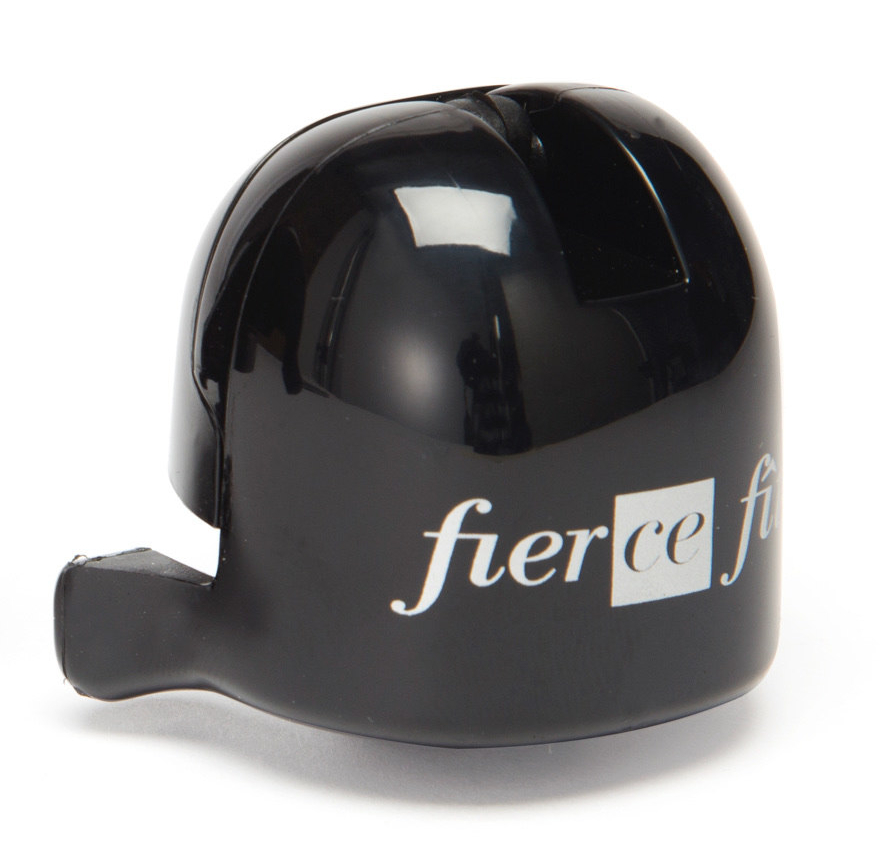CHAMPAGNE: THE MAGIC OF ROSÉ
There are Champagnes that whisper subtle emotions — and others that declare them with radiant flair.
Rosés live in both worlds, and it’s exactly this duality that captivates me. They embody something both feminine and daring — a multifaceted beauty that lingers in the memory. In our selection, you’ll find both distinctive expressions: Rosé d’Assemblage and Rosé de Saignée. I chose to showcase them side by side because they speak entirely different languages — and each one deserves to be heard.
ROSÉ D’ASSEMBLAGE
This is the most widely used method in Champagne. It begins with a base of Champagne — typically crafted from Chardonnay, Pinot Noir, or Meunier vinified as white wine — to which a precise amount of still red wine is added before the second fermentation in bottle. This red wine must come from Champagne and be made exclusively from Pinot Noir or Meunier grapes.
The addition is carefully calibrated: not just for colour, but to define the wine’s structure and aromatic personality. The balance is delicate — too little, and the wine lacks depth; too much, and elegance is lost.
The result is a refined Rosé Champagne: pale, luminous, with notes of wild berries, fresh flowers, and subtle citrus. These cuvées are graceful and versatile — perfect as an apéritif or alongside delicate dishes like raw fish, white meats, or light pasta.
ROSÉ DE SAIGNÉE
The “saignée” method, more artisanal and less common, follows a completely different path. Here, no red wine is added. Instead, the juice from black grapes, Pinot Noir, Meunier, or both, is left in contact with the skins for a short time, from just a few hours up to two days. This allows natural extraction of colour, aroma, and a gentle touch of tannin.
It’s a more demanding process, requiring perfectly ripe, immaculate grapes. That’s why Rosé de Saignée is reserved for exceptional vintages — and is almost always a Millésimé.
Once the desired intensity is reached, the juice is drawn off and vinified like a white wine. The result is a Champagne with deeper colour, bold structure, and a vibrant aromatic profile: ripe red fruits, pomegranate, spices, and sometimes a delicate tannic edge. These cuvées invite more daring pairings: duck, spiced meats, game, Asian cuisine, or berry-based desserts.
A CHOICE OF STYLE
What unites both styles, beyond the colour, is their ability to stir emotion. Each Rosé I’ve selected tells its own story, shaped by terroir, the vigneron’s craft, the vintage, and the vision behind every decision in the cellar. These are Champagnes that make an impression, elevating meaningful occasions or turning the everyday into something memorable.
Let yourself be inspired by visiting our Boutique, where you’ll discover a curated selection of Rosés crafted with precision, passion, and authenticity — cuvées that seduce with elegance or arrive with bold personality.

 My bag
My bag
 The Boutique
The Boutique
 Login
Login


